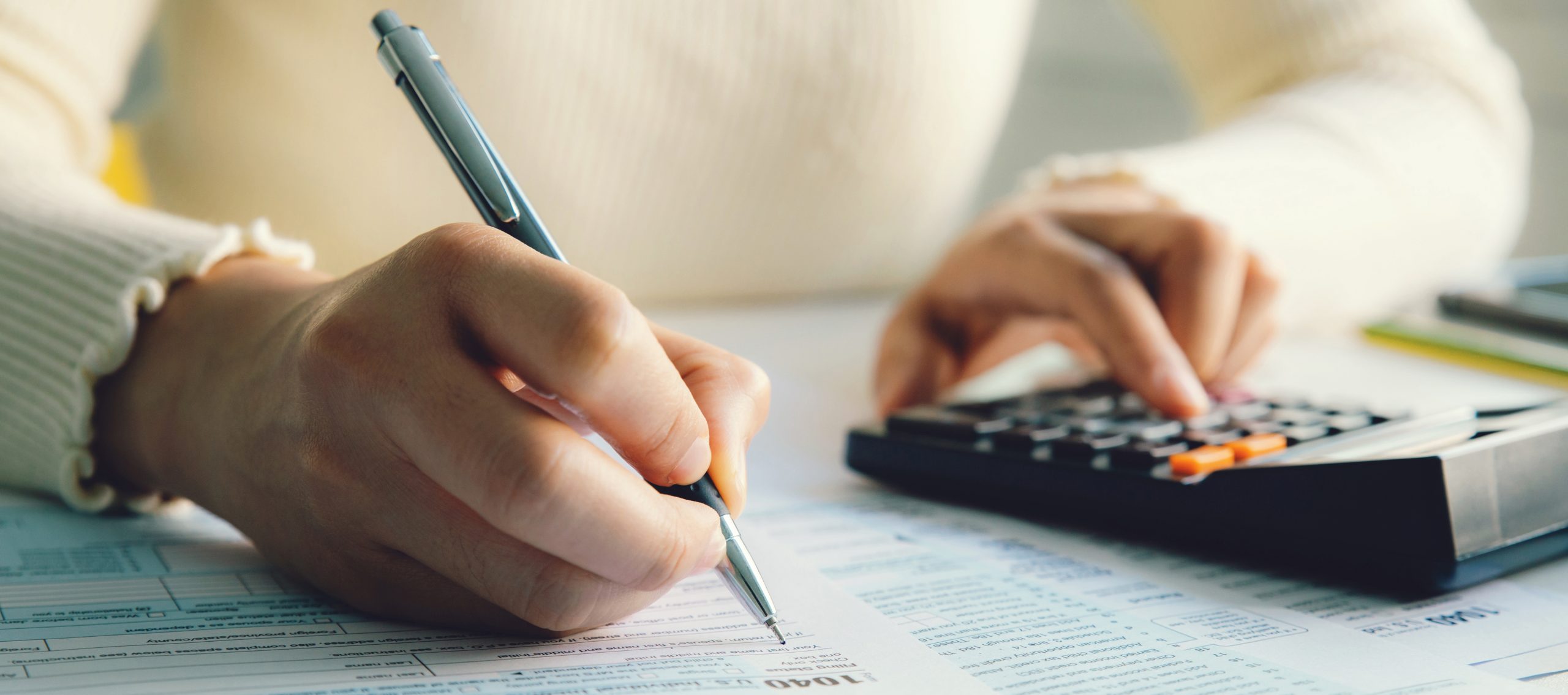Reverse Section 1031 Exchanges

The Tax Cuts and Jobs Act (TCJA), P.L. 115-97, changed the law regarding what items of property are eligible for like-kind exchanges. Subject to certain specific exceptions, exchanges of personal or intangible property such as machinery, equipment, patents, and other intangible property no longer qualify for the nonrecognition of gain or loss afforded to like-kind exchanges. Therefore, after TCJA, like-kind exchange treatment now applies primarily to exchanges of real property that are held for use in a trade or business or for investment.
This article briefly discusses the timing rules around like-kind exchanges of real property. The remainder explains the reverse like-kind exchange and the related safe harbor requirements for such exchanges under Revenue Procedure 2000-37. Reverse like-kind exchanges can occur outside of the safe harbor requirements of the revenue procedure, however, such a discussion is outside the scope of this article.
General Rule
Generally, a taxpayer must recognize a gain or loss on the sale or other disposition of property pursuant to Internal Revenue Code of 1986, as amended (“Code”) sections 61(a)(3) and 1001. However, section 1031 of the Code provides an exception allowing a taxpayer to defer the recognition of a taxable gain or loss on the exchange of real property held for productive use in a trade or business or for investment if the property is exchanged “solely for property of like-kind.”
As discussed above, post-TCJA section 1031 exchanges are now limited almost exclusively to real property. The definition of like-kind real property has been interpreted as referring to the nature and character of the real property, not its quality or grade. As such, a taxpayer can swap an office building for an apartment building, or a retail complex for a warehouse, as long as the properties involved are held for use in a trade or business or for investment purposes.
In a section 1031 exchange, tax is owed only to the extent (i) a taxpayer receives “boot” as part of the transaction (e.g. cash, reduced mortgage liability, or property that is not of like-kind) or (ii) the replacement property is of lesser value than the property being exchanged. Therefore, successfully completing section 1031 like-kind exchange allows a taxpayer to defer federal and state income taxes on any taxable gain associated with the property being sold until the replacement property is sold.
In order to qualify for a section 1031 like-kind exchange, the Code and treasury regulations identify two timing rules that must be satisfied. First, the replacement property that the taxpayer will receive in connection with the exchange must be identified by the taxpayer within 45 days of transferring the relinquished property. Second, the replacement property must be received within the earlier of 180 days after the transfer of the relinquished property or the tax return due date for the tax year when the relinquished property is transferred. Reverse exchanges are not addressed in the above rules.
Reverse Exchanges
The practical application of the direct two-party like-kind exchange is often difficult if not impossible to implement. In many instances, the seller of a relinquished property may not immediately have a replacement property that the taxpayer wishes to acquire. This has brought about an expansion of exchange options, including a reverse like-kind exchange.
A reverse like-kind exchange occurs when a taxpayer wants or needs to acquire the replacement property prior to the closing on the sale of the relinquished property. In order for such an exchange to qualify for section 1031 treatment, the taxpayer cannot take legal title to the replacement property until after the sale of the relinquished property is completed. This is accomplished with the assistance of an exchange accommodation titleholder (“EAT”), who will hold legal title in the replacement property until the relinquished property is sold. The “parking” of the replacement property with an EAT until the relinquished property is done in order to allow for an exchange to qualify as a section 1031 exchange. To date, the statute and regulations do not specifically address reverse exchanges, however, a safe harbor for these transactions was established in Revenue Procedure 2000-37 (“Rev. Proc. 2000-37”).
Safe Harbor in Revenue Procedure 2000-37
Rev. Proc. 2000-37 provides a safe harbor for undertaking a reverse exchange. The revenue procedure reflects that treating the EAT as the owner of the property for purposes of Code section 1031 will not be challenged if the property is held in a qualified exchange accommodation arrangement (QEAA). A QEAA exists if the requirements in the revenue procedure are satisfied, which include that the taxpayer and EAT have a written agreement stipulating that (i) the EAT is holding the property for the benefit of the taxpayer for purposes of a Code section 1031 exchange, and (ii) the EAT is treated as the beneficial owner of the property for all federal income tax purposes. Both the EAT and the property owner must report the federal income tax attributes of the replacement property on its income tax returns in a manner consistent with the QEAA agreement.
The same 45-day period to identify replacement property and 180-day exchange period deadlines of a Code section 1031 exchange apply to a Rev. Proc. 2000-37 safe harbor reverse exchange, with a slight modification. If the EAT has begun the exchange by taking title to the replacement property, then the taxpayer must identify, within 45 days after the EAT’s acquisition of the replacement property, one or more properties to relinquish in exchange for the replacement property. In addition, by the 180th day after the EAT acquired the replacement property, the EAT must transfer title to the parked replacement property to the exchanging taxpayer.
Other Considerations
It should be noted that although Rev. Proc. 2000-37 outlines a safe harbor for the conduction of reverse section 1031 exchanges, the procedure expressly states that parking transactions can be accomplished outside the safe harbor and that no inference is intended with respect to the federal income tax treatment of parking transactions that do not satisfy the safe harbor.
The purpose of this article is to provide a general understanding of the process of a reverse like-kind exchange of real property under Code section 1031. However, undertaking a reverse 1031 exchange is a complicated process with numerous details and procedures that need to be completed in order to successfully complete a section 1031 like-kind exchange.
Let Us Help
As the saying goes, nothing is certain except for death and taxes. And one thing that is definitely certain about tax law is its complexity. Henson Efron is committed to clearly explaining tax law, as well as the changes and processes that could impact individuals and businesses. Contact us for more information.







